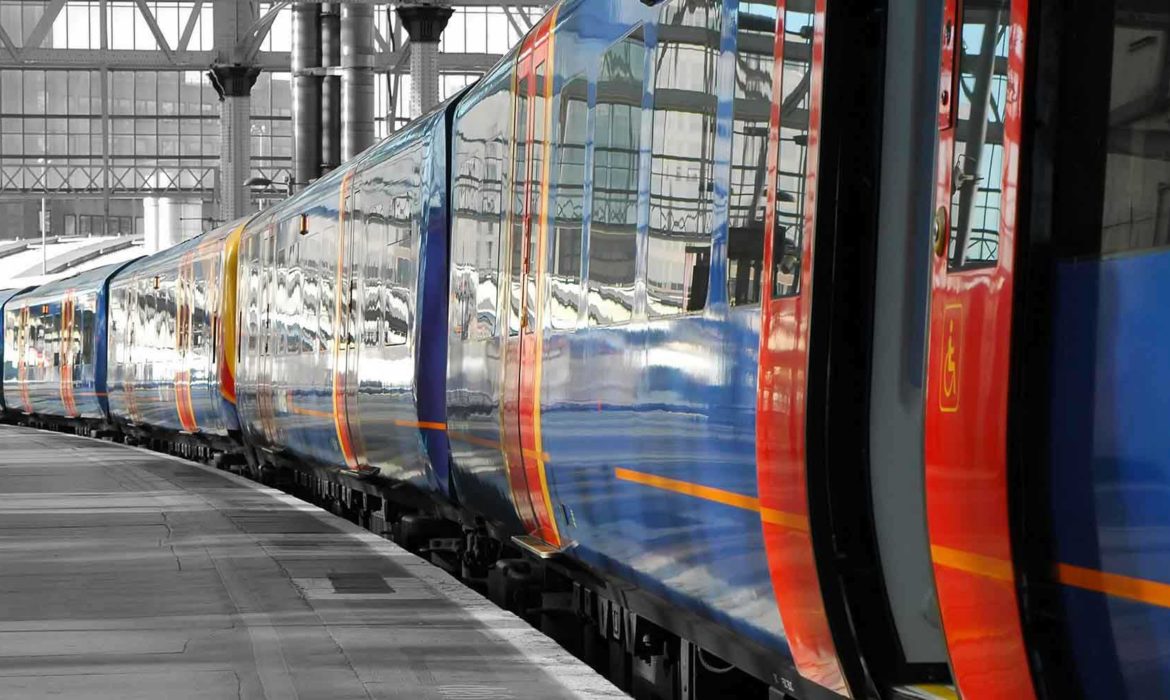
Phil Bulman is a partner and cost-based management consultant at Vendigital. He specialises in advising businesses in the transport sector. In this article for Rail Professional, Phil considers the nationalisation of Northern Rail and explores the United Kingdom’s franchising model.
Northern Rail’s nationalisation is yet another reminder that the industry’s franchise model and the way that the various organisations involved work together is flawed. In order to deliver the service and improvements that passengers, Government and the companies providing key services need, longer-term thinking and improved collaboration between key stakeholders are urgently required.
Since Arriva was awarded the nine-year contract in 2016, a perfect storm of factors have resulted in delays, cancellations and poor financial performance at Northern Rail. Like many other struggling train operating companies (TOCs), the operator has been finding it difficult to make money from the farebox, despite the fact that passenger numbers across the network have more than doubled, from 735 million in 1994-5 to 1.7 billion in 2018-19. At the same time, the operator has been facing rising operational costs, with huge amounts of investment needed to update rolling stock and digitise services.
Disruption linked to Network Rail infrastructure upgrades, timetable changes, and a prolonged period of industrial action led by the RMT, has been compounded by a number of cancelled or delayed infrastructure projects. In particular, completion of the much-needed electrification programme was pushed back, due to a lack of Government funding. This forced Arriva to arrange alternative rolling stock, leading to delays to passenger services and overcrowding across the network.
With the addition of a timetable change, this proved too much for the operator to manage. With recent figures from the Office of Rail and Road (ORR), stating that just 56 per cent of Northern Rail’s trains arrived at stations within a minute of the time stated on the timetable, in the twelve months to 7th December, the Government’s decision to intervene comes as no surprise.
While the need for essential infrastructure improvements has not gone away, Northern’s nationalisation could provide the fresh perspective needed to identify the operator’s underlying issues. However, in order to improve services in a cost-efficient way and future proof the industry, a radical rethink of the whole rail network – its structure and the way it operates – is vital.
The long-awaited Williams Rail Review, commissioned by the Government following the failure of several large rail franchises, is expected to outline a number of proposals for improving rail services. One of its confirmed recommendations is to implement a longer-term approach to delivering sector improvements by transferring management of the franchise model from the Department of Transport (DfT) to a new independent national rail organisation, to control budgets, manage risk and supervise operating contracts.
Williams is also expected to recommend removing the profit motive from traditional train operating contracts, making them passenger service contracts instead, and removing financial risk for rolling stock and improvements.
While a shake-up of the franchise model is urgently needed, both suggestions fail to address the real elephant in the room; the industry’s routine misalignment of stakeholder objectives.
According to figures from ORR, Northern Rail can only really be held responsible for around 40 per cent of its problems; a higher proportion than some other TOCs. In order to improve passenger services, other stakeholders need to take greater accountability for their failings. For example, the Government’s decision to put the brakes on its electrification programme has done nothing to improve the efficiency and reliability of services.
In order to stop history repeating itself, Network Rail, Government and TOCs need to become better at working collaboratively and aligning their objectives. There are lessons that could be learnt from countries such as Japan, which has a much longer-term perspective in how it brings public and private organisations together. For example, often, Network Rail’s focus on delivering safe UK infrastructure, at any cost, is at odds with the TOCs’ need to drive revenue by growing passenger numbers.
Similarly, it is important to be aware that focussing solely on passenger experience, with no incentive to get passengers onto services, will inevitably result in the need to increase ticket prices over time. As such, there should be a strong incentive for Government to work closely with TOCs to run rail companies efficiently, which may require a rethink of their performance-first approach. Greater collaboration with Government in areas such as timetabling could also help TOCs to drive long-term cost improvements, at the same time as ensuring changes are implemented quickly and without unnecessary disruption.
Access to trustworthy and reliable data should also form an essential part of driving improved outcomes, both in terms of revenue and cost reduction strategies within the rail sector, allowing TOCs to easily identify which service areas are the most profitable and opportunities to improve efficiency. For example, access to data about the number of passengers using a particular part of the network could allow operators to improve efficiency by switching to shorter carriage formations.
While the decision to re-nationalise the Northern Rail franchise has once again highlighted the urgent need to make changes, wholesale reform of the rail network is going to take time. Only by introducing a more collaborative culture and thinking beyond franchise timescales, will the sector succeed in delivering much-needed improvements to infrastructure and services, while keeping ticket prices down.